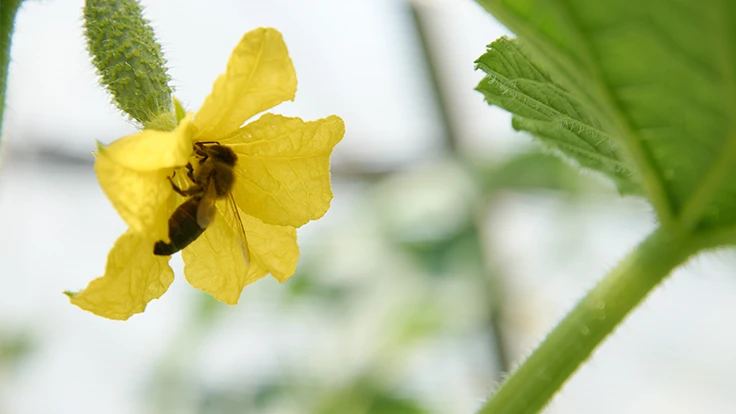
Photo: Adobe Stock
The U.S. Department of Agriculture (USDA) is allocating $66 million to support 407 projects that will strengthen the nation’s infrastructure for pest detection and surveillance, identification, threat mitigation and safeguard the nursery production system.
Also included is $6 million for the National Clean Plant Network that will support 26 projects that focus on providing high quality propagated plant material for fruit trees, tropical trees, grapes, berries, citrus, hops, sweet potatoes and roses free of targeted plant pathogens and pests.
This year, funded projects include, among others:
- Spotted lanternfly: $10,073,380 to support comprehensive response efforts including mitigation, treatment evaluations, monitoring tools, impact assessments, biological control and outreach in PA, MA, NJ, NY, VA, DE, and NC;
- Exotic fruit fly detection: $6,030,000 in Florida and Texas;
- Agriculture detector dog teams: $5,155,792 to programs in California and Florida to enhance package inspections, a program in Hawaii to detect Coconut rhinoceros beetle, and detector dog training for these teams;
- Forest pests: $1,756,679 for various detection, methods development, or outreach to protect forests from harmful pests in 22 states;
- Honey bee and pollinator health: $1,718,083 to protect honey bees, bumble bees and other important pollinators from harmful pests;
- Giant African snail: $1,331,601 to support ongoing eradication efforts in Florida;
- Stone fruit and orchard commodities: $1,097,643 to support pest detection surveys in 20 states;
- Phytophthora ramorum and related species: $1,107,965 in 14 states and nationally for survey, diagnostics, mitigation, probability modeling, genetic analysis, and outreach;
- Grapes: $602,364 to enhance surveys for grape commodity pests and diseases in 15 states;
- Citrus: $462,000 to support citrus commodity surveys in California and Louisiana; and
- Palms: $581,721 for pest survey and management in seven states.
In addition to these allocations, USDA is reserving $3,810,245 to support rapid response during invasive pest emergencies should a pest of high economic consequence, such as Asian gypsy moth, European cherry fruit fly, coconut rhinoceros beetle, exotic fruit flies or spotted lanternfly be detected anywhere in the United States or U.S. Territories.
More information is available at aphis.usda.gov/ppa-projects
Latest from Produce Grower
- TIPA Compostable Packaging acquires paper-based packaging company SEALPAP
- Divert, Inc. and General Produce partner to transform non-donatable food into Renewable Energy, Soil Amendment
- [WATCH] Sustainability through the value chain
- Growing leadership
- In control
- The Growth Industry Episode 8: From NFL guard to expert gardener with Chuck Hutchison
- 2025 in review
- WUR extends Gerben Messelink’s professorship in biological pest control in partnership with Biobest and Interpolis





